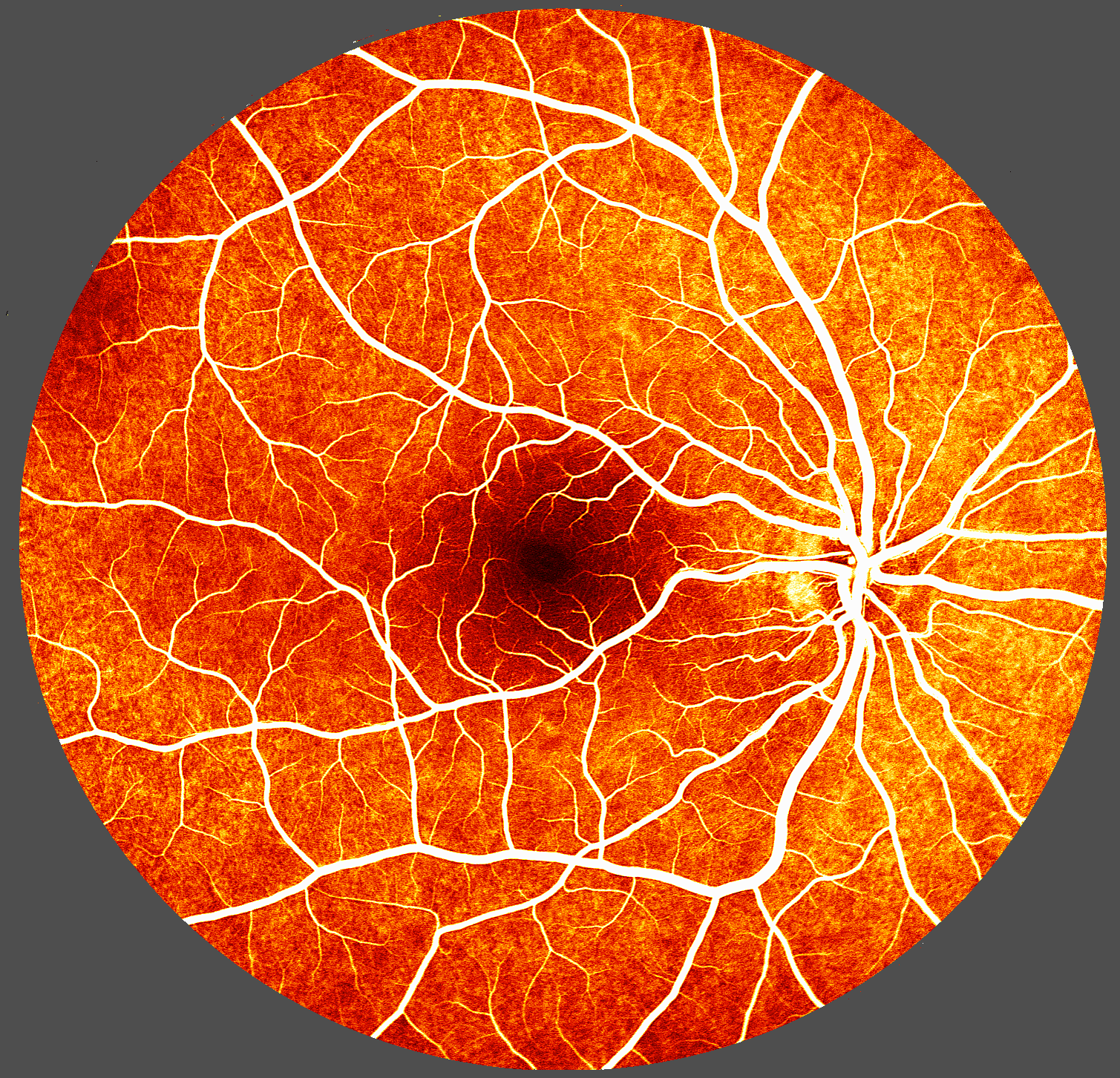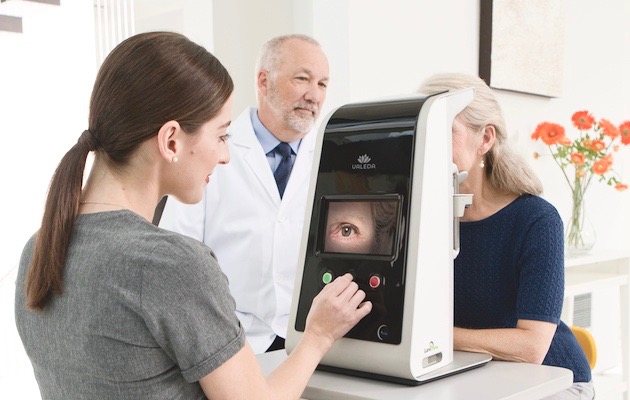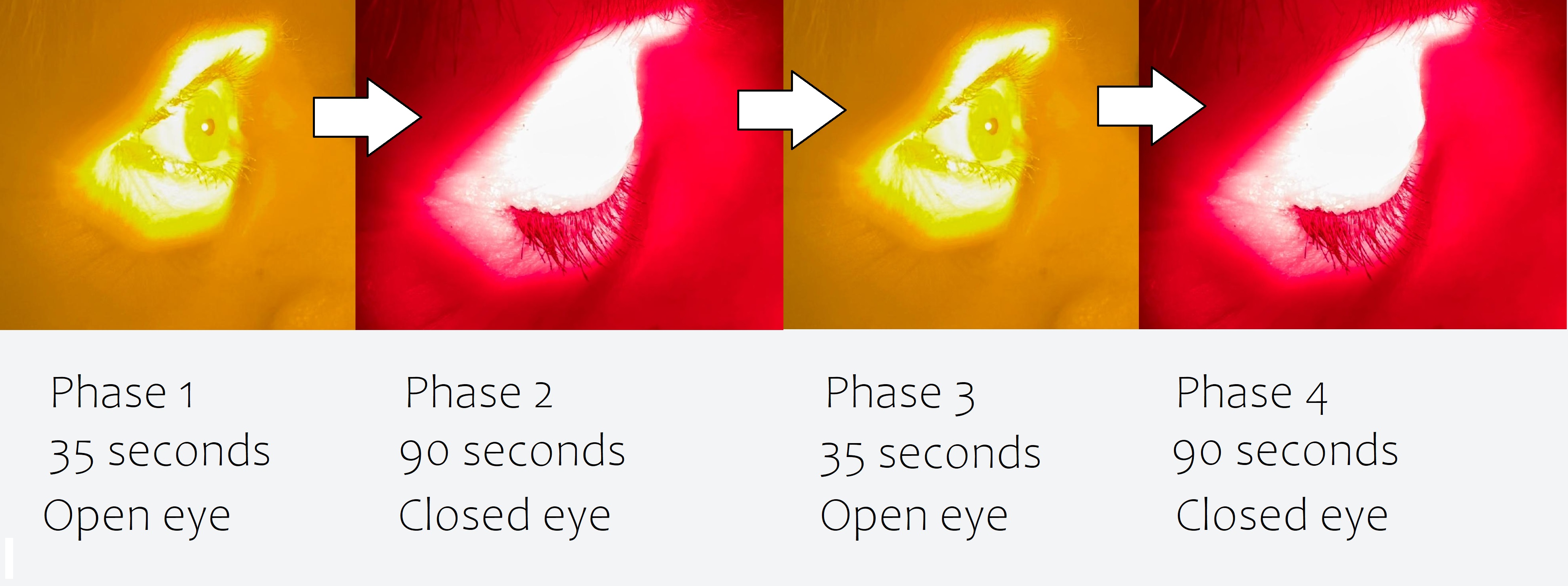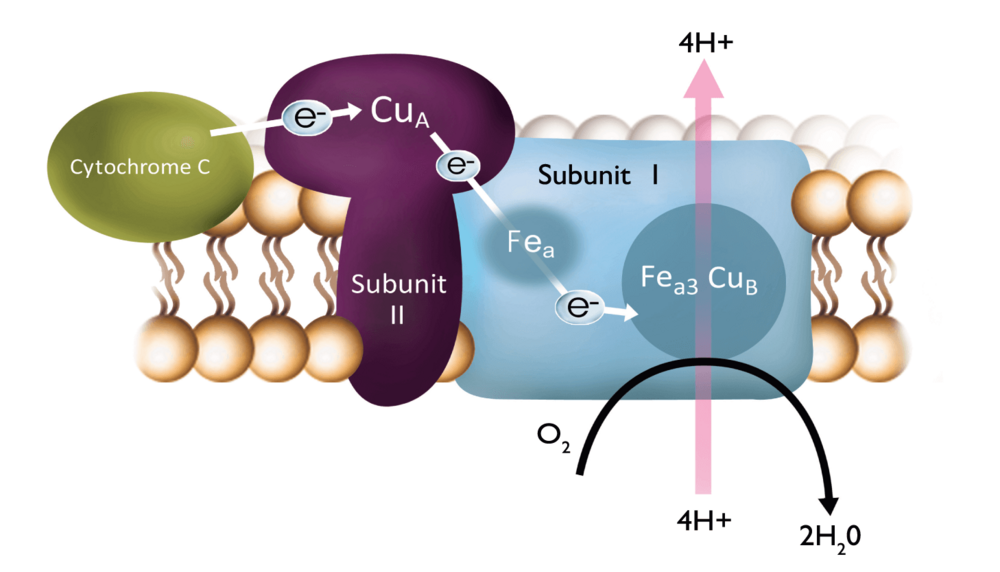
+357 25 87 87 88
Photobiomodulation Therapy
for Dry AMD
Valeda - Lumithera (USA)

Photobiomodulation therapy using the Valeda device by Lumithera (USA) has been tested in clinical trialss and demonstrated to benefit specific subtypes of Dry AMD. This is the only approved treatment for Dry AMD in Europe, apart from the use of specialized vitamin supplements.
For the latest published study, click here. There are other clinical studies in progress, such as LIGHTSITE ΙΙΙ και η ELECTROLIGHT.
For the EU approval of Valeda for Dry AMD press here.
General Information
Dry AMD is actually a spectrum of cellular changes and pathology. The accumulations of cellular debris at the macula are called Drusen. When a patient is found to have significant Drusen, treatment with Valeda using illumination with light of specific wavelengths modulate cellular mechanisms aiming to improve cell survival at the macula. The aim is to induce resorption of the drusen, reduce cell loss and reduce the rate of vision loss in some types of Dry AMD. Unfortunately, Valeda does not recover lost cells and therefore, patients who have already lost a significant amount of central vision are less likely to benefit. In cases of more severe vision loss, there is no benefit.
The treatment is non-invasive, pain free and without any risk for complications. Each treatment session lasts around 5 minutes. During treatment, the eye is illuminated with yellow light for 35 seconds, then the eye remains closed for 90 seconds while it is illuminated by red and near infrared light, followed again by another sequence of 35 seconds of yellow light and 90 seconds of red and near infrared light, as shown below

The treatment protocol involves three treatment sessions per week for 3 consecutive weeks (9 sessions in total). This treatment (9 sesssions) is repeated every 4 months, which can later be extended to 6 months dependning on the treatment response. The clinical data so far show that drusen volume is reduced over time (in contrast with the natural increase of drusen over time). So far, no commplications have been reported, nor it increases the risk for Wet AMD.
Mechanism of Action of Photobiomodulation
Wavelengths of light at 590 nm (yellow) 660 nm (red) and 850 nm (near infraared) induce specific cellular responses which include improved metabolic responses, reduction of oxidative stress, reduction in programmed cell death and increased survival of photoreceptors.
